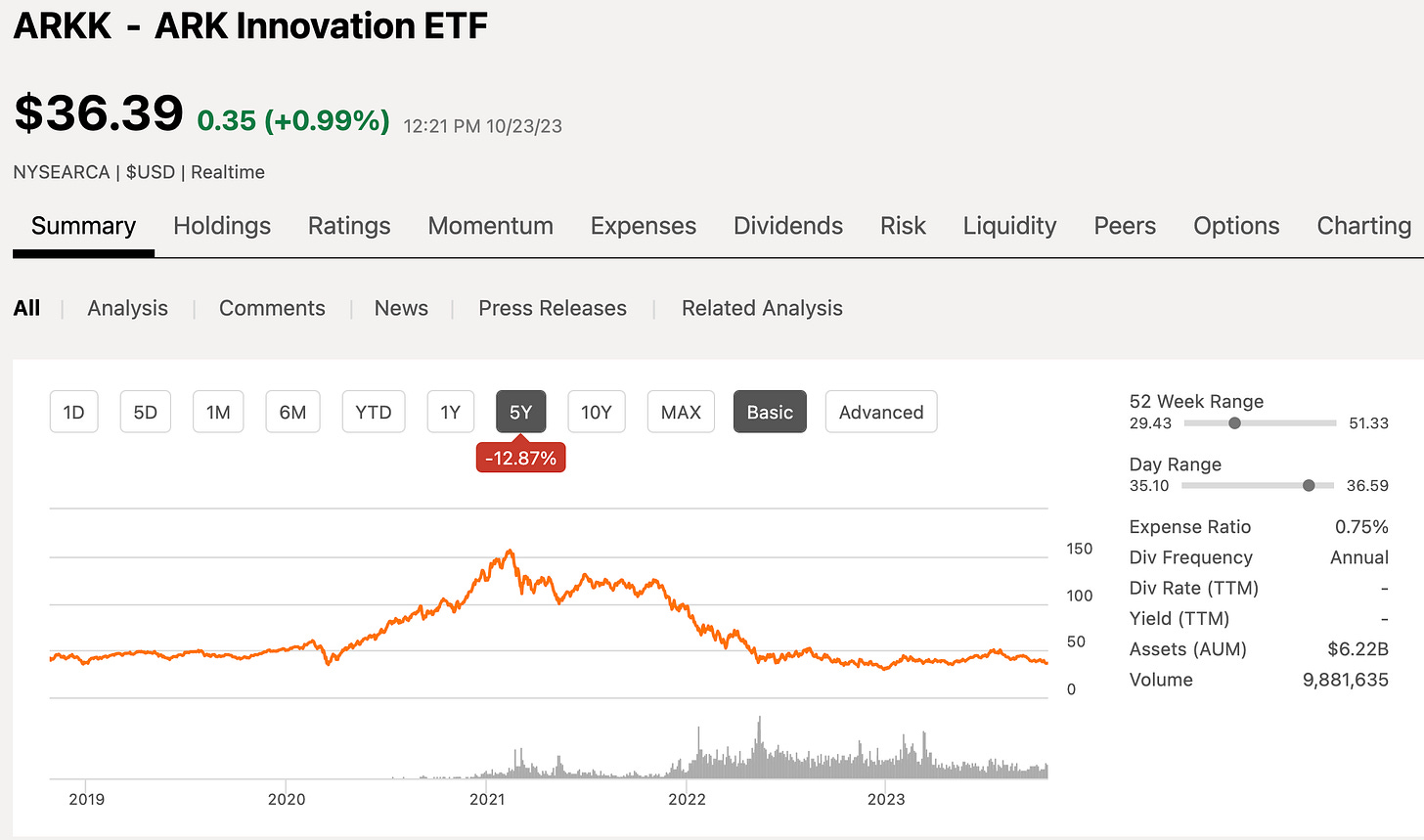Cash Burn Dilemmas: The Truth About Rapid Sales Growth
Why Sustainable Growth Trumps Fast Expansion
Dear Investor,
The barren landscapes of central Nevada can offer valuable lessons. A long stretch of highway winds through the desert, its monotony is occasionally broken by a rusted warning sign, "Last gas for 150 miles." It's on this highway that a crucial business lesson unravels.
Imagine cruising comfortably at 90 miles per hour, feeling the hum of the engine and the gentle sway of the car. Suddenly, a vehicle - a state-of-the-art Mercedes S-Class, no less - stands motionless on the roadside. You pull over to help and discover the simple problem: it's out of gas. A car worth $120,000, brimming with cutting-edge engineering, rendered useless. The absence of fuel had brought the mighty beast to its knees.
This scene serves as a vivid metaphor for businesses:
No matter the innovation, reputation, or caliber of a company, if it runs out of its essential fuel—cash—it grinds to a halt.
From modest corner stores to Fortune 500 giants, cash flow remains the heartbeat of business operations. And every year, many seemingly successful firms go under, primarily because they failed to understand the importance of cash flow.
If you’re new here, read my introduction to the importance of cash flow for dividend returns:
Generating Your Own Fuel: The Magic of Cash Flow
Cars run on external fuel sources. Once empty, they need a refill. But a business, when managed effectively, has the potential to generate much of its own fuel. This self-sustaining power, when a company efficiently serves its market and consistently adapts, allows it to keep moving forward, often primarily on its own internally generated cash.
While loans and supplier credit might occasionally be needed, they're primarily available due to the innate ability of the business to generate cash.
However, this isn't the story for all companies. Some might have an outstanding product but struggle to generate their own financial fuel. When the cash dries up, such businesses risk being overshadowed, transformed, or worse, facing bankruptcy.
The Illusion of Profitability
A common misconception is equating profitability with success. However, the real measure is "cashflowability" - the net flow of cash in and out of the business. Many businesses, though profitable on paper, face a cash flow crisis.
Accounting metrics often spread out over time, leading to potential mismatches between revenue recognition and actual cash flow. This temporal disparity can sometimes result in severe financial strain.
One prominent way businesses encounter cash flow problems is by expanding too quickly. A rapid surge in sales might feel like a triumph, but it demands:
Higher Rates of Cash Consumption: More growth requires more resources.
Less Time to Regenerate Cash Supplies: Faster expansion can mean cash gets used up faster than it's replenished.
Greater Risk for Stakeholders: With increased consumption and lesser regeneration, both debt and equity holders face heightened risk.
Growth takes cash, and lots of growth takes lots of cash.
For instance, if a company's sustainable growth rate (topic for a separate article) is 10%, but due to various factors it grows by 20%, the rapidity can strain its cash resources. You might be profitable on paper, but if the cash isn't flowing in tandem, you're on shaky ground.
Growth and Cash: The Delicate Dance
Growth is exciting, but it also demands cash. Companies often find themselves in a dilemma where they're expanding, racking up sales, but struggling with liquidity. Invoices might be pending, payrolls looming, and suppliers growing restless. Yet, the balance sheet shows profitability. This dichotomy is the trap many businesses fall into.
Tragically, numerous companies enter bankruptcy while still being profitable. They might have excelled in every aspect—be it innovative products, a loyal customer base, or groundbreaking R&D—but they overlooked the essence of cash flow.
Example
The current prime example of the mistake of not focusing on cash flow is the ARKK 0.00%↑ fund that’s managed by Cathie Wood. Almost all the companies that she picks are losing money.
On the surface, most of the stocks that she picks are just like the Mercedes S-Class at the beginning of the article. Exciting, but they lack one ingredient: The ability to generate their fuel.
And the tragedy of the bagholders who bought at the top is that the signs were clear from the beginning of the last bull run. Those companies were losing money from the beginning and buyers just ignored this fact. The corpse was rotten from within and it was only a matter of time before reality caught up with investors.
Never ignore the facts! It might take some time for reality to catch up.
“But the stock price rises so the company must have great growth prospects.”
No, share prices rise because more people are buying the stock. Sophisticated investors buy because the fundamentals improve. Ignorant investors buy because others are buying.
The share prices rise nevertheless. Sometimes for the right reasons. Sometimes for the wrong reasons.
To which side do you want to belong?
“What if the company meets the market’s expectations and I missed out on early gains?”
As soon as the lights turn green you can invest. Everything else is speculation on the future. Lots of mature companies are still great investments although they have been public for decades.
Do you think Warren Buffett regrets buying Apple AAPL 0.00%↑ “too late”?
In Conclusion
Cash flow is the lifeblood of any business. Without it, the most sophisticated and valuable entities can come to a standstill, much like that high-end Mercedes S-Class stranded in the Nevada desert.
To ensure longevity and resilience, businesses, and especially investors must prioritize and understand cash flow just as much as, if not more than, profitability. Because in the end, it's not just about burning the fuel efficiently, but ensuring there's always enough in the tank to keep moving forward.
And your job as an investor is to play it safe and buy the facts (cash flow), not the hopes.
If you want to learn more about cash flow, free cash flow, and profitability metrics that truly matter, let me know by hitting the Like Button ❤️. I will publish more articles so that you can get a better understanding of this complex topic.
Until the next issue. 👋
If you aren’t a subscriber yet, then sign up below to not miss out on future articles.
For the new readers: Check all my previous posts here
Disclaimer: This analysis is not advice to buy or sell this or any stock; it is just pointing out an objective observation of unique patterns that developed from my research. Nothing herein should be construed as an offer to buy or sell securities or to give individual investment advice.






My issue with cash flow is inventory. Can you explain further on it? Let's assume my company made a note profit for the year 2024 for $100,000. Why should I deduct an inventory in my warehouse yet to be sold of $10,000 from my profit already made of $100,000? To get operating cash flow of $90,000. Why? Since I know I still have inventory of $10,000 in store to be sold in 2025 to generate more profits.